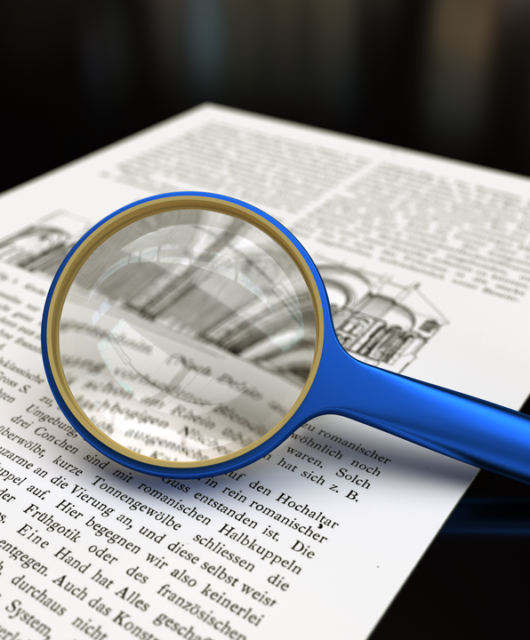Multi-Patterning Techniques in Lithography: What You Need to Know
 As semiconductor manufacturers push for smaller and more powerful chips, the industry faces a growing challenge: traditional lithography techniques alone are no longer sufficient to meet the demands of modern chip production. Erik Hosler mentions how innovations like multi-patterning techniques have become crucial in overcoming the limitations of conventional lithography. These advanced techniques enable manufacturers to produce semiconductors with features below 7 nanometers (nm), allowing for higher performance and energy efficiency in applications like artificial intelligence (AI) and high-performance computing (HPC).
As semiconductor manufacturers push for smaller and more powerful chips, the industry faces a growing challenge: traditional lithography techniques alone are no longer sufficient to meet the demands of modern chip production. Erik Hosler mentions how innovations like multi-patterning techniques have become crucial in overcoming the limitations of conventional lithography. These advanced techniques enable manufacturers to produce semiconductors with features below 7 nanometers (nm), allowing for higher performance and energy efficiency in applications like artificial intelligence (AI) and high-performance computing (HPC).
What is Multi-Patterning?
Multi-patterning is an advanced lithography process that involves splitting complex circuit designs into smaller, more manageable steps. Traditional lithography methods rely on a single patterning step to etch designs onto silicon wafers, but this approach struggles to produce the precision needed for sub-7 nm nodes. Multi-patterning allows for multiple patterning cycles, each contributing to intricate details of the semiconductor, which results in more accurate and intricate chip designs.
Types of Multi-Patterning Techniques
There are several types of multi-patterning techniques, each offering different solutions for specific manufacturing challenges:
- Double Patterning: This technique involves using two photomasks and two patterning steps to create more detailed circuits. Double patterning helps overcome the limitations of traditional lithography at smaller nodes, improving the accuracy of the chip design.
- Triple and Quadruple Patterning: In some cases, even more layers of patterning are needed. Triple and quadruple patterning go beyond double patterning to achieve even smaller feature sizes and higher precision, making them essential for producing chips with complex architectures.
- Self-Aligned Patterning: This variation of multi-patterning uses materials that automatically align themselves during the process, reducing errors and improving consistency across the wafer. Self-aligned double patterning (SADP) and self-aligned quadruple patterning (SAQP) are commonly used to achieve the highest levels of precision.
Why Multi-Patterning is Essential
As chip features shrink, the limitations of traditional lithography become more apparent. Multi-patterning techniques have become vital for semiconductor manufacturers to meet the demands of next-generation devices. Erik Hosler explains, “Part of our mission is to figure out how to drive process perfection without breaking the bank or the fab. Line-edge roughness and critical dimension uniformity are two parameters that dictate the performance of a large set of photonic and superconducting devices, so the closer we can drive these characteristics to the atomic limit, the better the machine functions.” This insight highlights the importance of precision in semiconductor production, which multi-patterning techniques help to achieve.
Multi-Patterning: Shaping the Future of Chip Design
As the semiconductor industry continues to evolve, multi-patterning techniques will remain essential for driving innovation. By enabling the production of smaller, more efficient chips, multi-patterning will play a crucial role in advancing AI, HPC, and other high-demand technologies. The future of semiconductor production depends on continuous improvements in lithography techniques, with multi-patterning at the forefront of this evolution.









